
Battlespace acoustics branch protects hearing, human performance
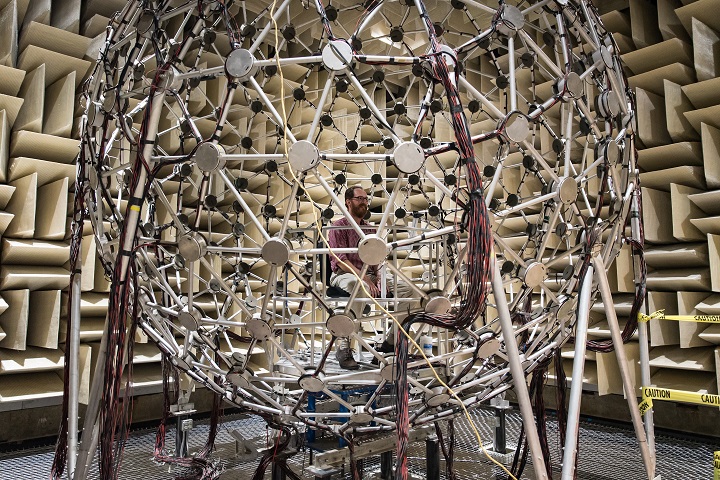
Dr. Eric Thompson, a research engineer with the Warfighter Interface Division, Battlespace Acoustics Branch, part of the 711th Human Performance Wing at Wright Patterson Air Force Base, Ohio, sits inside their Auditory Localization Facility. The facility allows researchers to test 3-D audio software that spatially separates sound cues to mimic real-life human audio capabilities. The application allows operators in complex communication environments with multiple talking voices to significantly improve voice intelligibility and communication effectiveness. The technology, which consists primarily of software and stereo headphones, has potential low-cost, high-value application for both aviation and ground command and control communication systems. (U.S. Air Force photo by Richard Eldridge)
FALLS CHURCH, Va. — Hearing loss is a significant disability and can seriously impede an Airman’s mission capabilities. Using appropriate hearing protection devices, or HPDs, can prevent this damage.
Researchers from the Warfighter Interface Division, Battlespace Acoustics Branch, part of the 711th Human Performance Wing at Wright-Patterson Air Force Base, Ohio, focus on protecting Airmen’s hearing by studying existing devices used during various tasks and noise environments, and develop new ways to measure the impact of HPDs on mission performance.
“Studying how well HPDs work is key to reducing the risk of hearing loss,” said Hilary Gallagher, a biomedical engineer and Acoustics Branch deputy branch chief. “Hearing loss is still one of the top disabilities among veterans.”
The Acoustics Branch, in operation for nearly 70 years, focuses on all aspects of acoustics and communication, and its effect on human performance.
“Human performance is central in everything we do,” said Dr. Eric Thompson, a research engineer with the Acoustics Branch. “This includes looking at the effects of noise on the human, what sounds are audible or harmful, and how well Airmen can complete their mission in adverse noise environments. Those are the kinds of issues that we are fighting against and trying to improve.”
Acoustics Branch researchers start by collecting data from operational environments, analyzing the level and qualities of noise to better identify what HPDs would work in a particular environment.
“We look at how noise is being generated, how it propagates, and what that means for Airmen in the field,” said Gallagher. “Until you know what kind of noise you are up against, it’s hard to select what HPDs work best.”
To understand this, the Acoustics Branch researchers go out into operational environments to measure specific noise exposure.
“In 2013 we went out to Edwards Air Force Base to measure the F-35 aircraft to learn how the aircraft sounds in the air,” said Gallagher. “From that, we got a better understanding of the noise that aircraft maintainers and the community may be exposed to.”
With this specific noise exposure data, the Acoustics Branch researchers can bring those noise recordings and measurements back to their facilities that is equipped with advanced capabilities to study HPDs in a simulated noise environment.
One such capability is the Acoustic Branch’s Auditory Localization Facility, or ALF, which allows researchers to understand sound localization in a simulated environment.
“ALF is a large chamber with 277 loudspeakers distributed in a fixed, spherical array,” said Thompson. “We have the ability to turn on any one of those speakers independently to do refined sound localization experiments, to understand the impact of an HPD on the wearer’s ability to detect and localize sounds in their environment.”
Currently, the Acoustics Branch is conducting a series of experiments looking at the relationship between sound localization and the time it takes to acquire a visual target.
“These experiments look at HPD’s direct impact on human performance, providing those in the field data illustrating how sound localization impacts mission capabilities,” said Thompson. “When we tell them that it may take you three seconds longer to find a target when wearing a certain HPD, then that provides a more mission-relevant performance metric.”
The Acoustics Branch also develops updated methods and standards to assess new devices.
“Currently there is no standard for measuring sound localization while wearing HPDs,” said Gallagher. “This presents a challenge for the acquisitions community when writing specifications and requirements for acquiring a new HPD without standards to lean back on.”
Acoustics Branch researchers are working to draft these standards and get the right devices into the hands of Airmen who need them.
“HPDs are just like shoes you put on your feet,” said Gallagher. “What one Airman prefers can be completely different from another Airman, or what one mission requires may be completely different from another mission. That makes it difficult when selecting appropriate HPD.”
Despite those challenges, Acoustics Branch researchers remain focused on improving Airmen capability and protecting human performance.
“Classic foam earplugs are great for some missions and environments,” said Thompson, “But there are a lot of new devices we can now offer Airmen in various operational environments that provide appropriate protection and allow the wearer to hear mission-critical signals.”
Disclaimer: Re-published content may have been edited for length and clarity. Read original post.
Reduce your risk of running and sports injuries
Article
8/20/2018

Running is the number one cause of Soldier injuries
Getting off tobacco road leads to renewed relief
Article
8/10/2018

One service member’s struggle to become smoke-free
Three ways to protect your health through preventive care
Article
8/9/2018

Preventive services include vaccines, exams, and screenings
Environmental health works behind the scenes to keep Soldiers ready
Article
7/8/2018
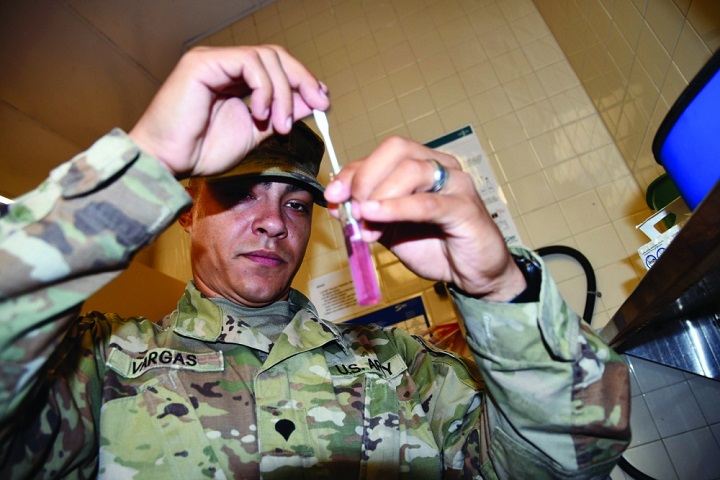
On the team are a mix of military and civilian employees who conduct inspections, food safety training, water sampling and entomology services
Sports drinks: What are you really putting in your body?
Article
6/27/2018
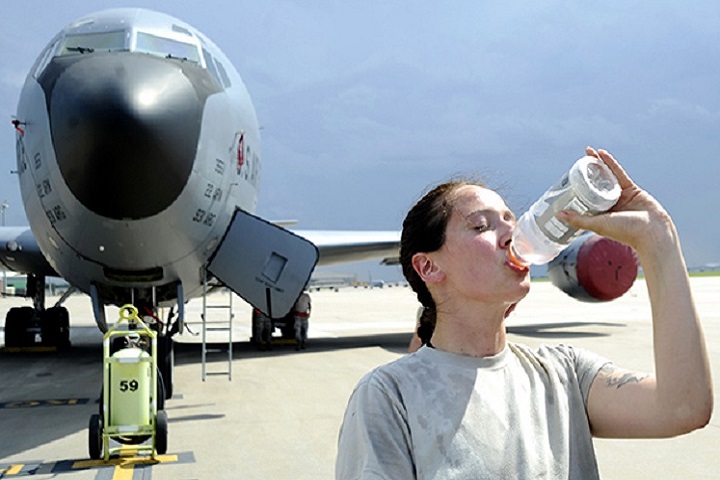
In general, sports drinks are typically a calculated blend of carbohydrates, electrolytes and water
Five tips to improve men's health
Article
6/12/2018

Taking preventive steps and making changes to your lifestyle can improve your health
Breaking down anxiety one fear at a time
Article
6/5/2018

Generalized anxiety, panic disorder, and anxiety related to PTSD are common disorders. In fact, an estimated 31 percent of U.S. adults experience anxiety at some point in their lives; one marine discusses his journey.
Servicemembers demonstrate grace under fire
Article
5/21/2018
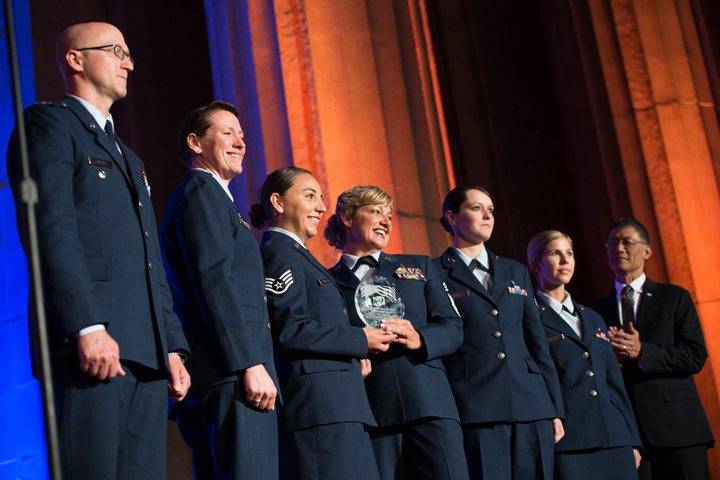
Five honorees celebrated at the 2018 Heroes of Military Medicine Awards Ceremony, including the Airmen for their heroic life-saving efforts during the tragic Las Vegas shooting on Oct. 1, 2017.
Air Force NCO resumes career after tumor, hearing loss
Article
5/16/2018
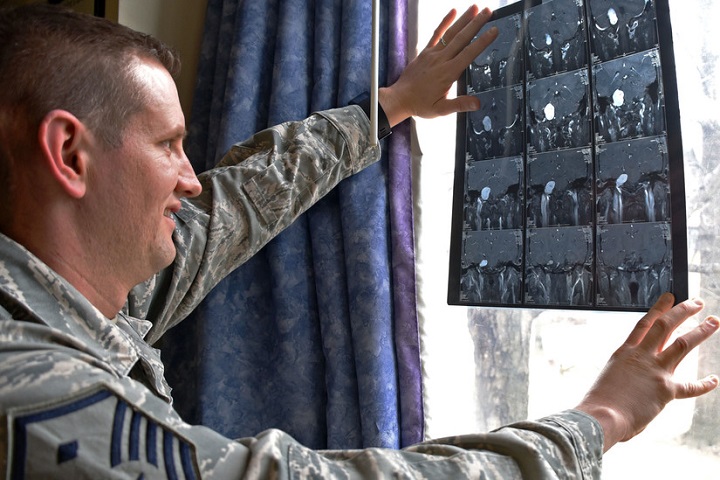
He had the constant feeling of water in his ear – he knew something was wrong
Dedicated audiologists use clever tools to combat hearing loss
Article
5/11/2018
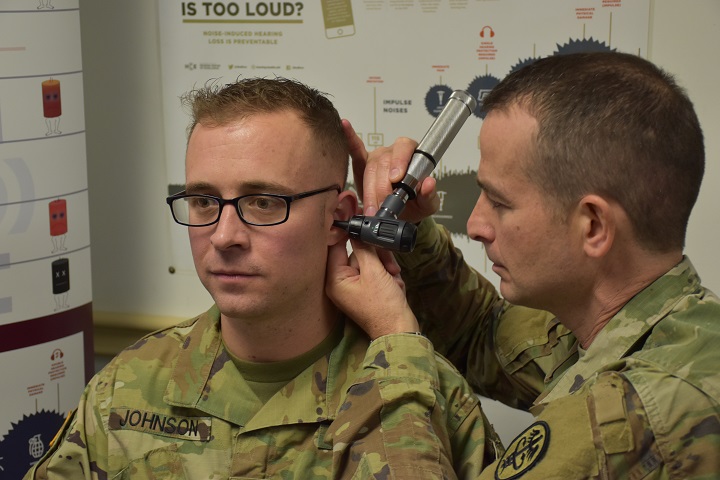
Hearing loss and tinnitus have steadily increased over the last two decades among Veterans
Research network works to combat number one disability claim among veterans
Article
5/4/2018

Noise brings the potential of hearing loss if proper personal protective hearing equipment is not available or utilized
Getting tested for STIs is an 'important part of sexual health'
Article
4/26/2018
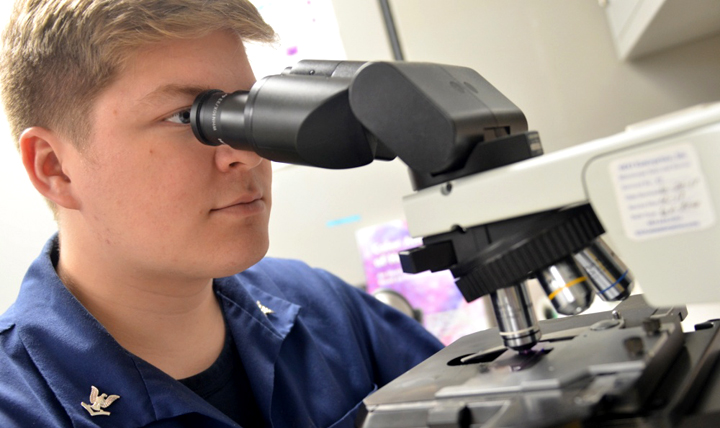
Chlamydia and gonorrhea are two of the most common sexually transmitted infections in the United States. Taking preventive steps, like getting tested and practicing safe sex, can help reduce risk of infection or spreading the infection to others.
Ready, set, focus: Finding calm in a storm through the power of breathing
Article
4/23/2018
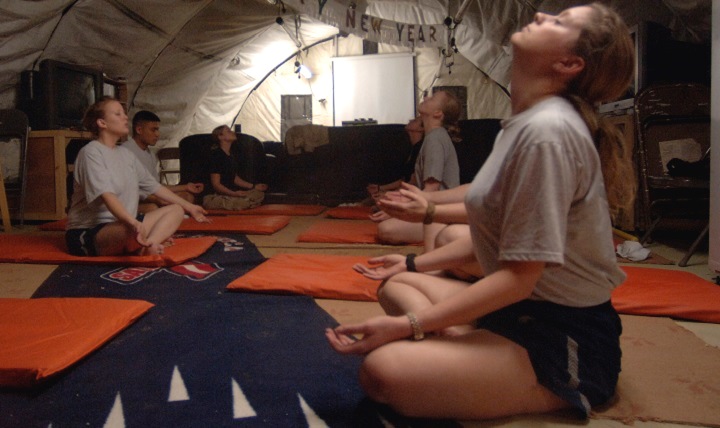
‘Mindful minutes’ and deep breathing help on the job, airmen say
Deep vein thrombosis: What you need to know
Article
4/9/2018

Everyone’s potentially at risk, vascular surgeon says
Eat an apple a day, but don't keep the dentist away
Article
3/27/2018

Good oral health takes more than brushing teeth and flossing – it also requires proper nutrition






















.png)











No hay comentarios:
Publicar un comentario